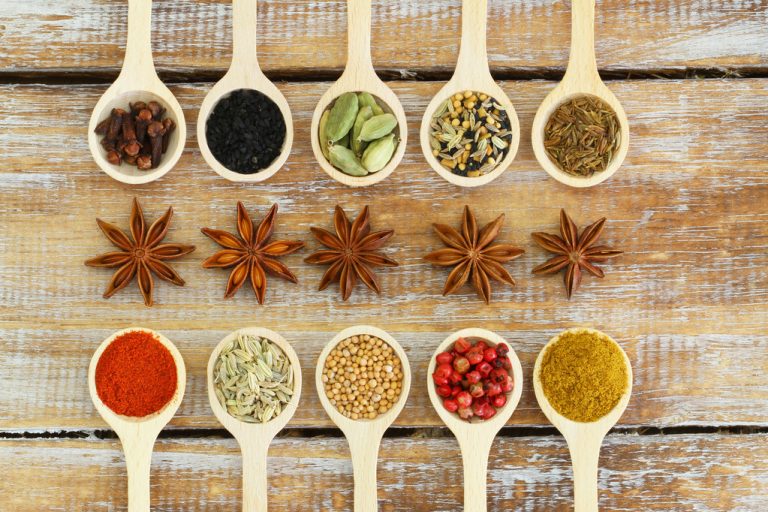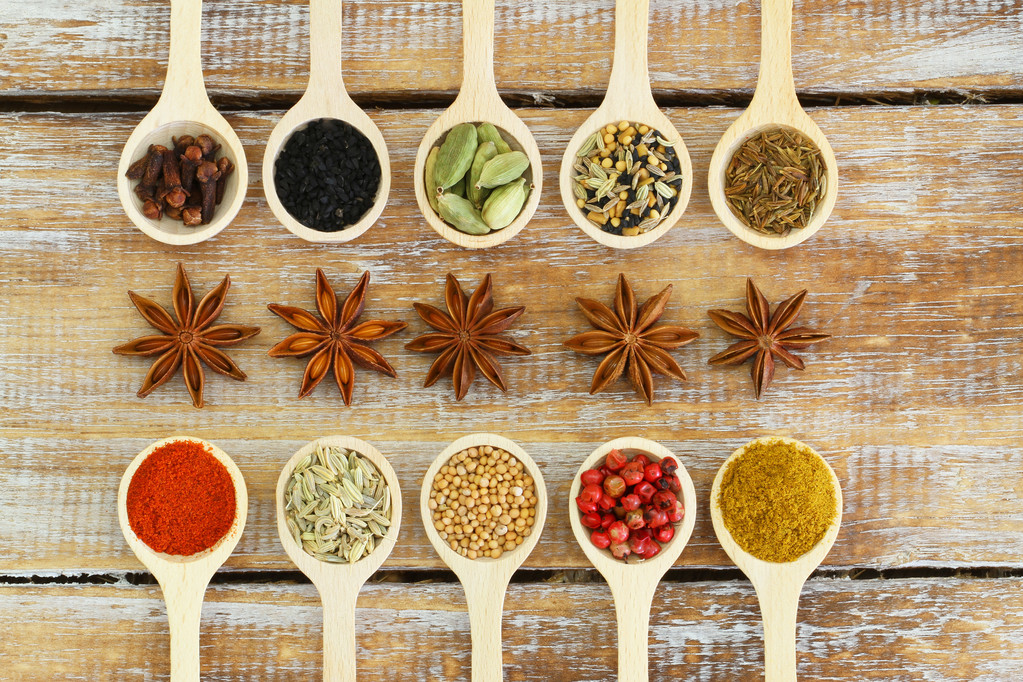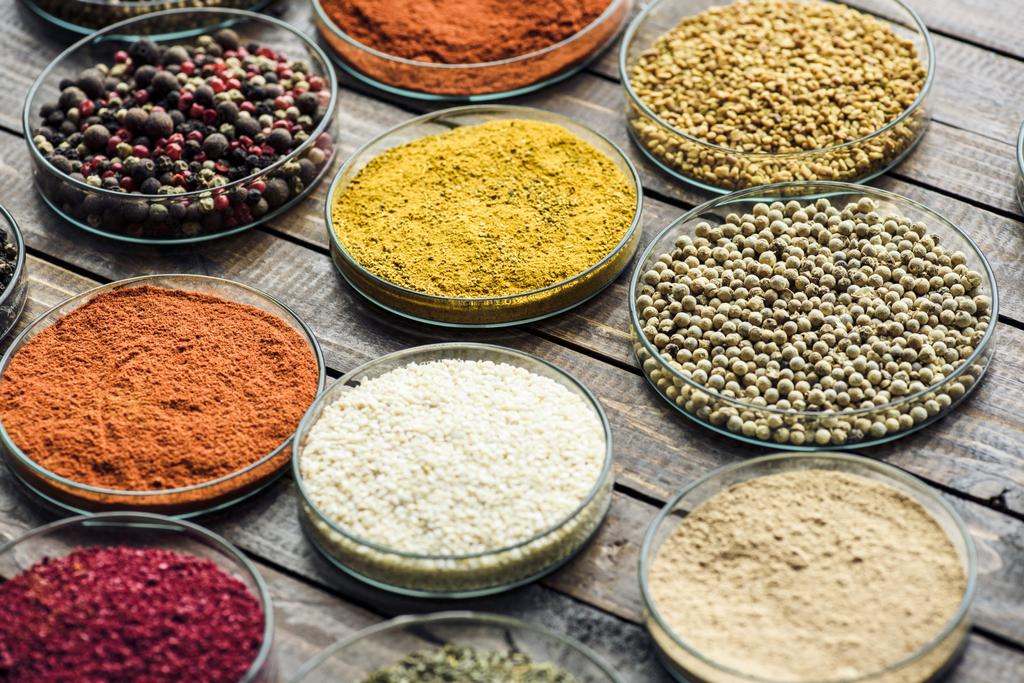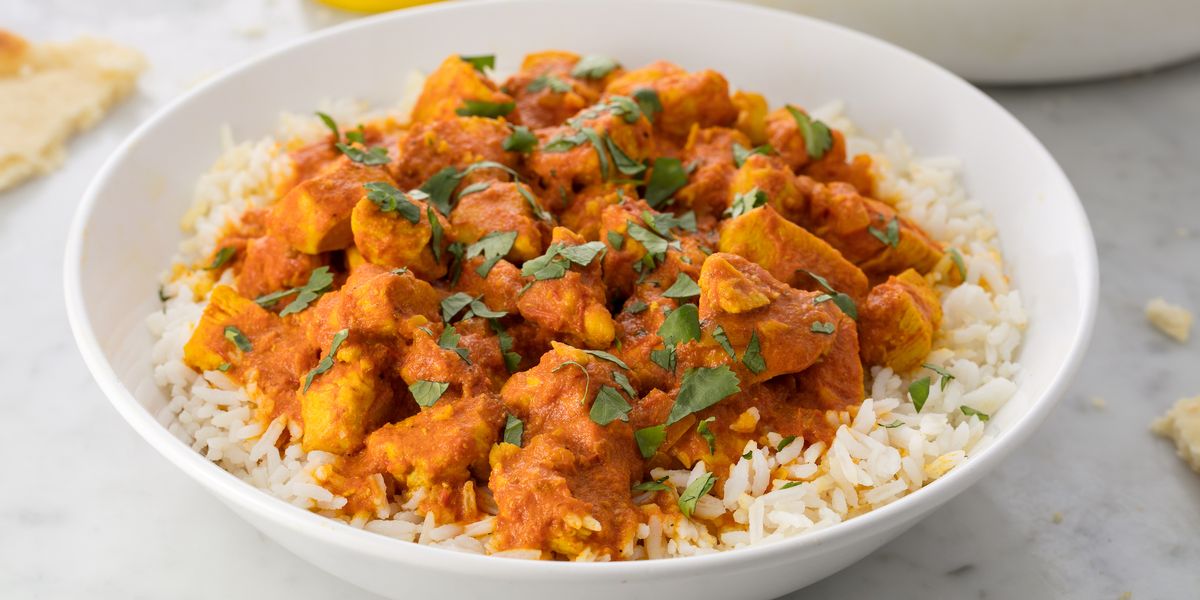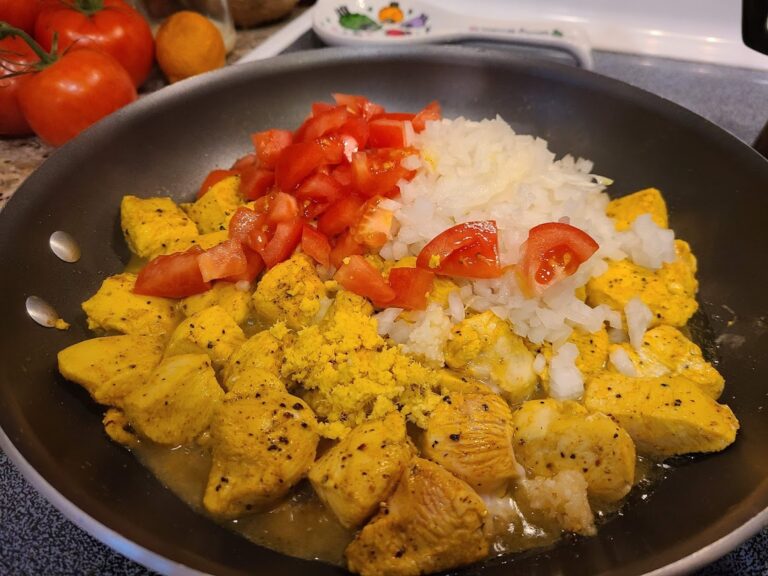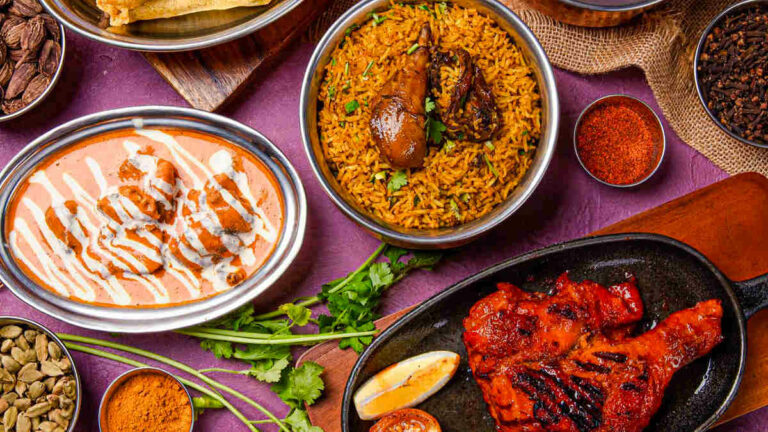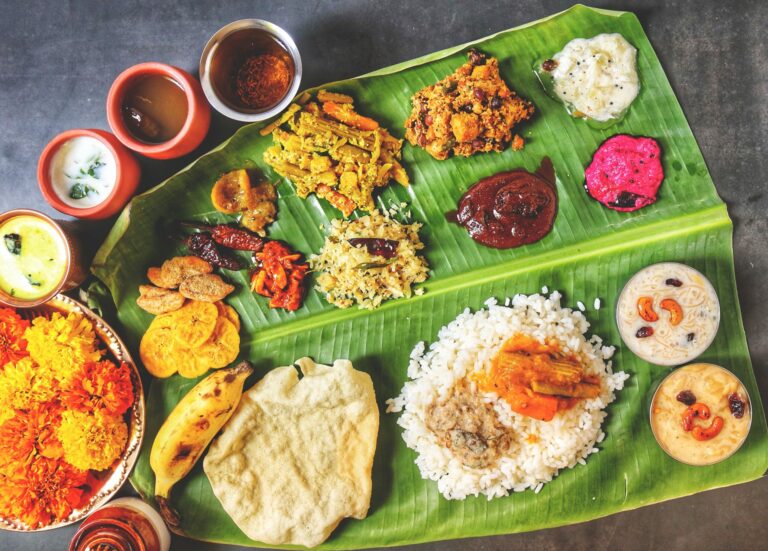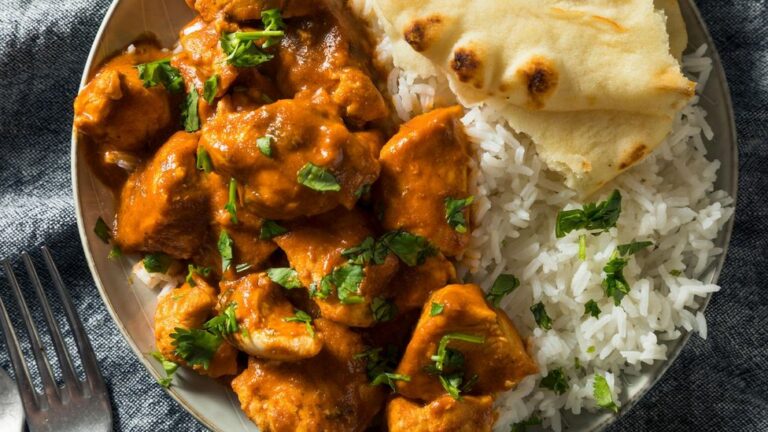In Asia, especially in India, turmeric (curcumin) has been an integral part of the local cuisine for around 4000 years. The intense yellow root of the turmeric plant is part of every curry spice and is therefore included in almost all dishes. The tuber has been used in the traditional Indian healing art of Ayurveda for as long as turmeric has been in pots.
The yellow root is said to be a true medicinal miracle. It is said to help prevent or even heal cancer, alleviate depression and arthrosis symptoms, prevent Alzheimer’s, help with stomach and intestinal problems, act against inflammation and much more. In Europe, the ginger plant has been known since the Middle Ages. But only now does turmeric as a medicinal plant seem to be able to do what was not possible as a spice: conquering domestic households. Utopia has collected the most important facts about the miracle spice for you.

Interesting facts about the plant
Turmeric, scientific name Curcuma longa, also known as turmeric, is a subspecies of the turmeric plants that belong to the ginger family. The turmeric plant mainly grows in the tropical regions of Southeast Asia. India is the world’s largest producer of turmeric, but also consumes around 80 percent of the world’s harvest. The herbaceous plant grows about one meter high and forms a so-called rhizome (sprout) just above the ground. The “turmeric tuber” is actually this rhizome, which is intensely yellow-orange in color. As a real tropical plant, turmeric loves high humidity, sun, warmth and rather dry soil. Nevertheless, turmeric can also be grown in Europe: in greenhouses or conservatories, where the temperature does not fall below 18°C, the relatively undemanding exotic plant also grows in pots at home.
Turmeric powder, the Indians’ favorite spice
While the fresh tuber is grated and used in Thai cuisine, turmeric powder is on the spice shelf in India and Europe. For this, the rhizome of the turmeric plant is dried and ground. The drying process is the trickiest part because curcumin, the powerful yellow ingredient, is very delicate and volatilizes quickly. Traditionally, the tubers are dried in the sun, but special drying equipment is used for industrial production. The Indians use the powdered turmeric for countless dishes. The yellow powder is an essential ingredient in all curry mixes and curry pastes, as well as in all masalas apart from the red one. And traditional Indian dishes such as lentil stew would be unthinkable without turmeric powder.
Turmeric as a spice: recipes to try
If you love exotic dishes or want to add a healthy spice to your diet, do as Indians do and try a turmeric recipe. The tuber tastes a bit tart when fresh, but when dried it is mildly spicy and just a bit bitter. An easy way to experiment in the kitchen is to add some turmeric when cooking rice to give the rice a special touch. An aromatic Indian spiced rice is made from this with vegetables and other spices. Turmeric is also a classic for soups, for example as a yoghurt soup with turmeric.
Turmeric for drinking: tea and latte
Warm drinks are always in demand, especially in the colder months of the year. Turmeric can be used as a tea for colds and sore throats, but also acts as a means of warmth from within. But the insider tip for a warm power drink is a completely different one: turmeric latte, better known as golden milk. For this purpose, a special turmeric paste is stirred into warm milk (cow’s milk or plant-based milk substitute) and possibly sweetened. After chai, the actually gold-colored drink is probably the new drink next winter.
What else is turmeric used for?
Turmeric is not just a spice. As the name turmeric suggests, the bulb turns an intense yellow; it is also significantly cheaper than the yellow coloring saffron. Turmeric has therefore long enjoyed great popularity in the food industry as a natural coloring agent in mustard, sauces and pasta. The yellow pigment is called curcumin – and it is precisely this component that makes turmeric a remedy for many diseases in the ancient Indian healing art of Ayurveda. And modern medicine has long since discovered the spice as a medicine from nature, and studies have been dealing with the effects of curcumin for years. The main focus was on the anti-cancer or anti-cancer effects and anti-depression effects.
Medicinal effects of turmeric (curcumin)
In Ayurvedic medicine, turmeric is often used as an anti-inflammatory and digestive-regulating agent. The anti-inflammatory effect of turmeric is said to provide relief from arthrosis, rheumatism and inflammation in the gastrointestinal tract. In 2012, curcumin was tested as an arthritis drug for an Indian study and brought very positive results.
The same anti-inflammatory properties may also be responsible for the possible anti-carcinogenic effect. The tuber shows potential especially in the prevention of colon cancer and the prevention of metastases in common types of cancer such as breast or prostate cancer. But curcumin has also been used to treat metabolic diseases such as diabetes or to treat Alzheimer’s and prevent heart attacks (University Hospital Freiburg). Recently, turmeric is also being discussed as a natural remedy for depression. In a 2014 study, curcumin was found to be as effective as a traditional antidepressant in similar circumstances.
Medicinal miracle turmeric (curcumin)?
A 4000-year-old tradition in phytomedicine and numerous studies on its effectiveness: So is turmeric the miracle cure of the future against the health plagues of modern civilization? That is not entirely true with the proven effectiveness. Although turmeric proved to be effective in all tests, these study results are only initial indications and not proof of a medical miracle from nature (Apotheken Umschau). Research on the effects of curcumin on cancer has been tested either in test tubes or on animals. The extent to which this can be transferred to humans has yet to be tested (mt).
The study results on the subject of depression also have weaknesses: too small a sample, too short a duration or financed by the manufacturer of the turmeric preparation. This means that an effect can be assumed, but it is not certain (mt). Nevertheless, the Indian spice is one of the great hopes for the future for the natural treatment of various diseases.
Is Turmeric Healthy?
Regardless of the medical effect, curcumin is still healthy. The spice from India regulates digestion, stimulates the formation of bile and, like ginger, has an anti-inflammatory effect on arthrosis and similar complaints. Seasoning your food with turmeric from time to time is therefore certainly not a bad idea. In India, for example, where turmeric has been used as a flavoring for thousands of years, the number of people suffering from colon cancer or depression is significantly lower than in the USA or Europe.
There are only two cases in which caution is advisable: in diseases of the gallbladder and in pregnant or breastfeeding women. For pregnant women, there is still too little reliable research to be able to say that turmeric is harmless. In the case of gallbladder disease, stimulating the gallbladder with curcumin could actually make symptoms worse.
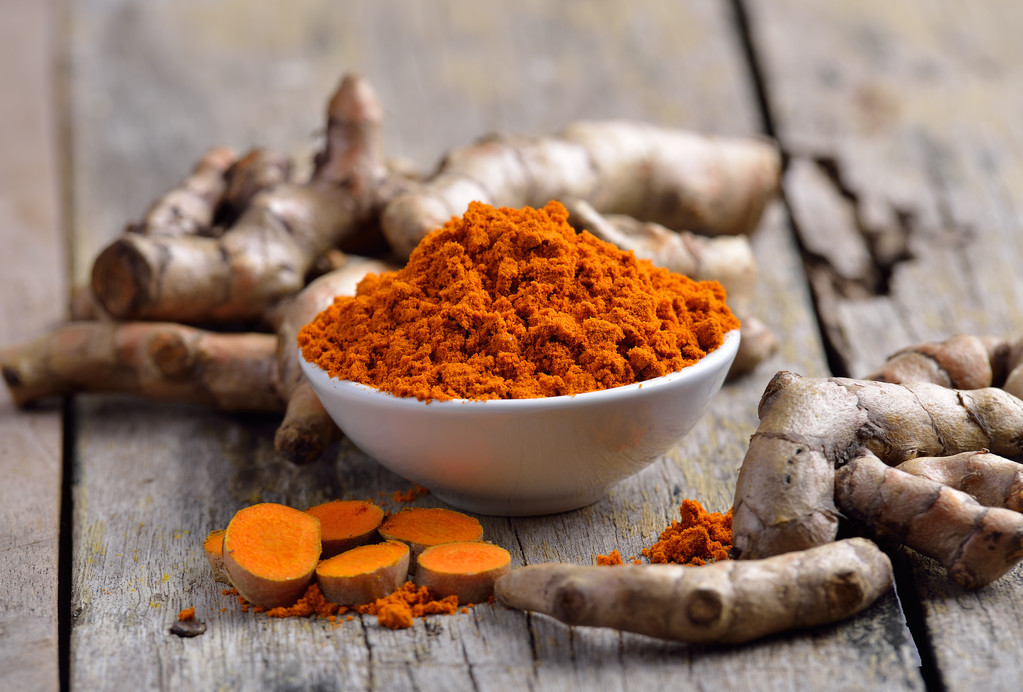
How to Use Turmeric: Capsules or Powder?
As a spice, turmeric powder is of course more suitable. But for an effect on osteoarthritis or stomach problems, you would have to consume two or three tablespoons of powder every day – that much is not in a dish. And pure, the turmeric powder is very dry and tastes bitter in large quantities. In addition, curcumin is poorly soluble in water. From tea, golden milk or curry dishes, too little of the active ingredient gets into the body, even if consumed daily. In this case, turmeric capsules are the solution. They contain highly concentrated curcumin in the right amount to enable an effect. In addition, the active ingredient in the capsules, which is sensitive to light and air, does not evaporate so quickly.


